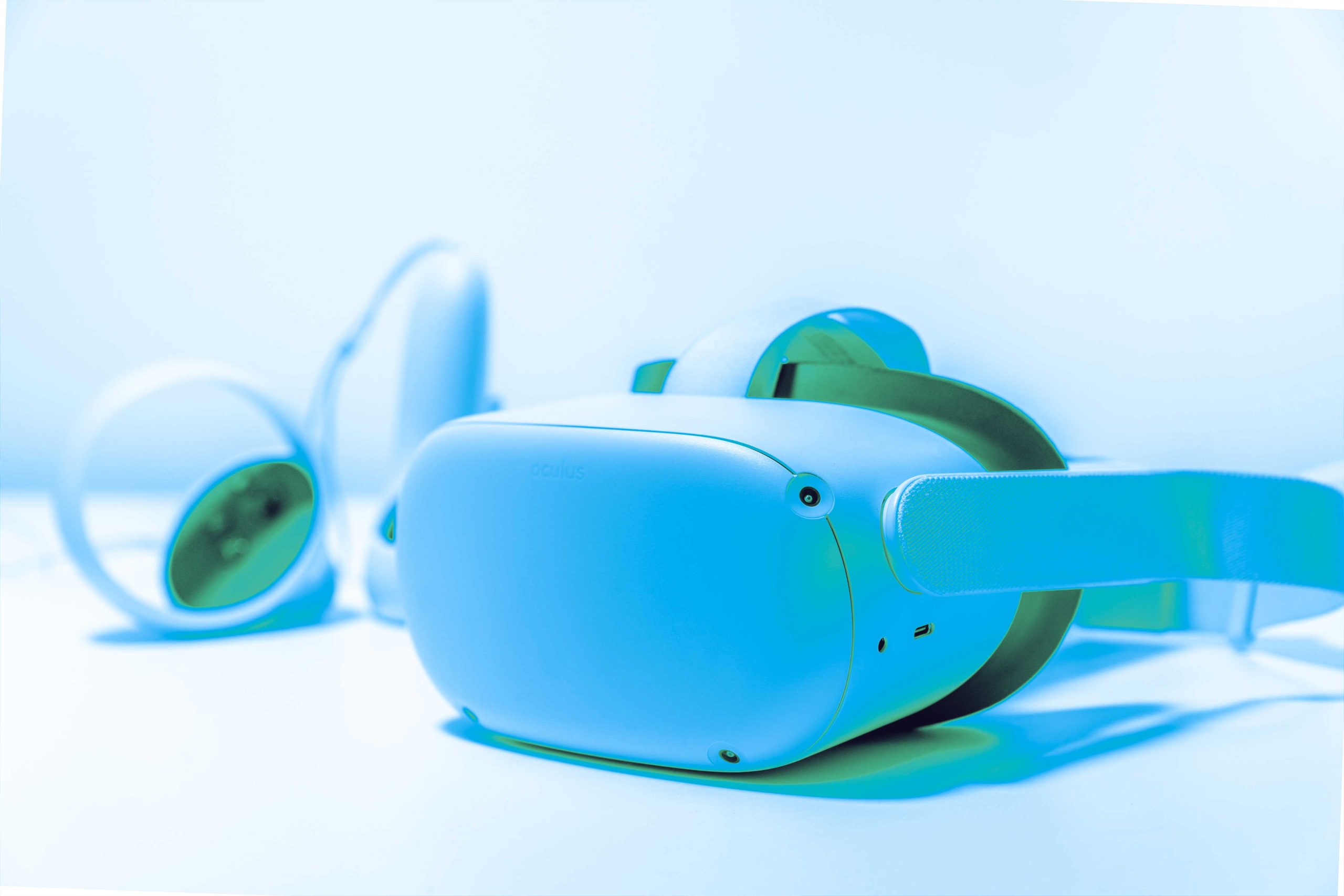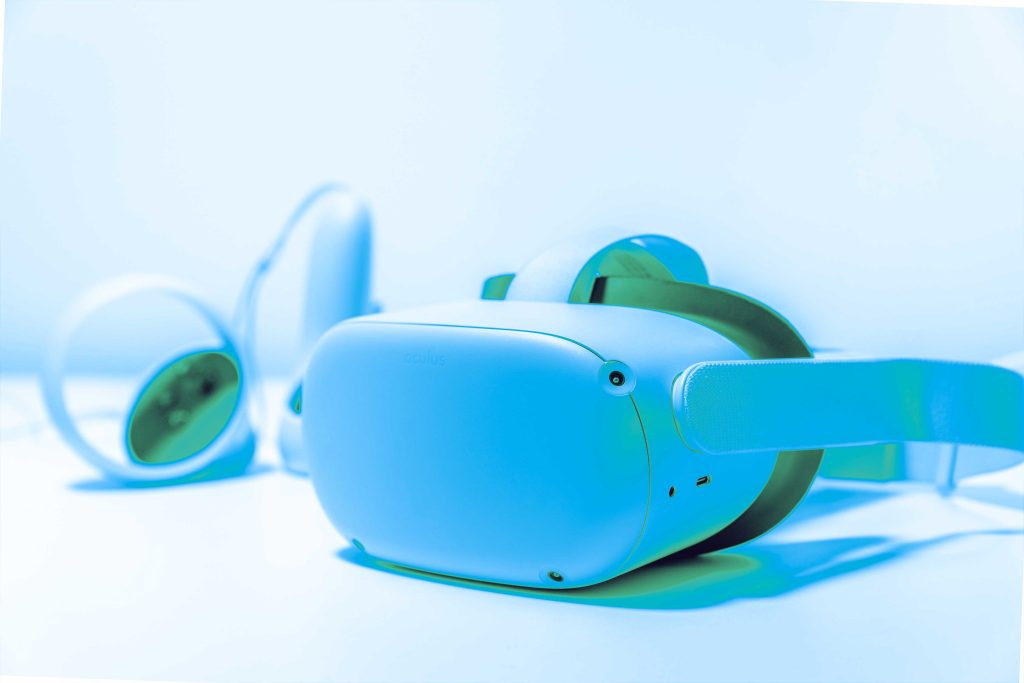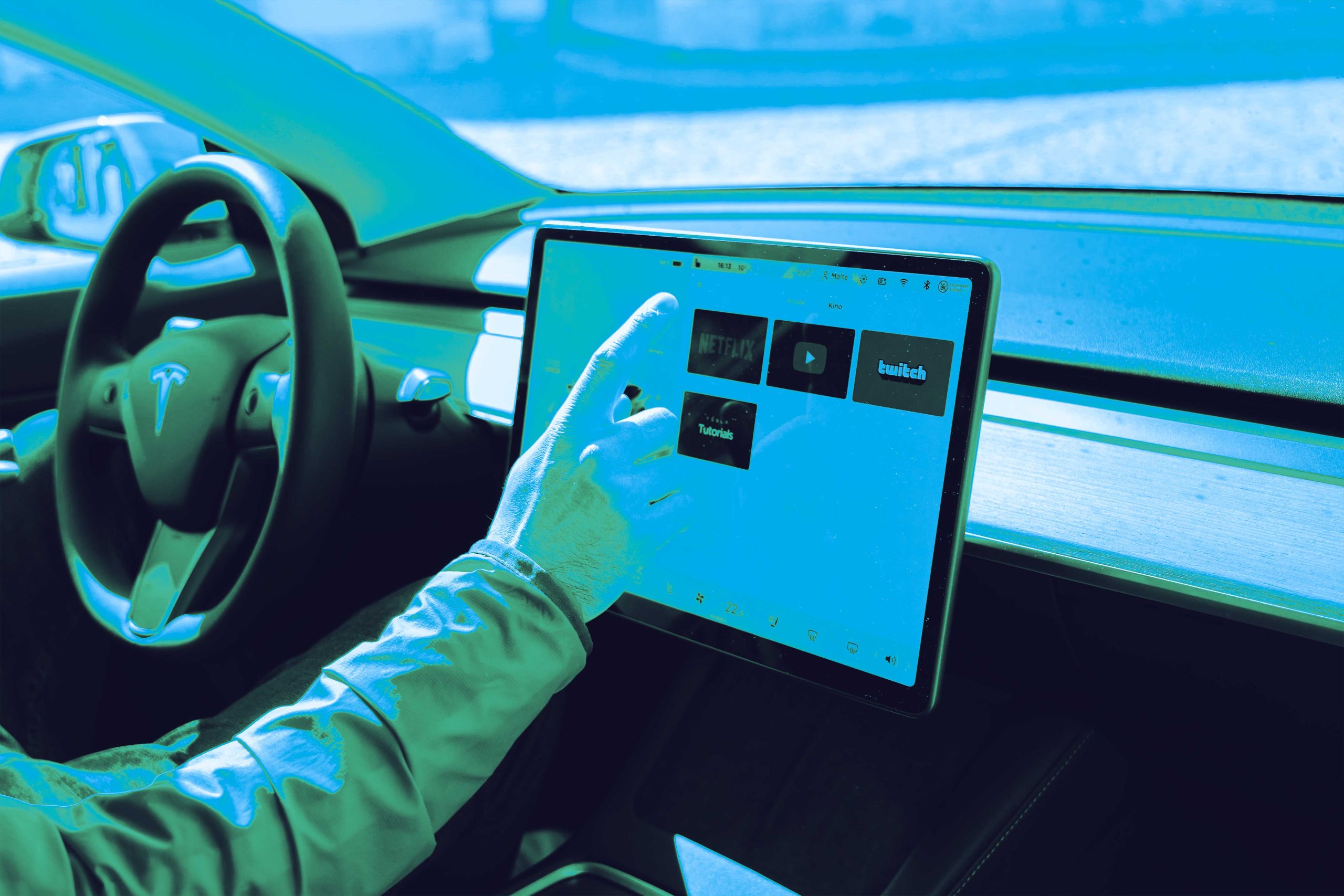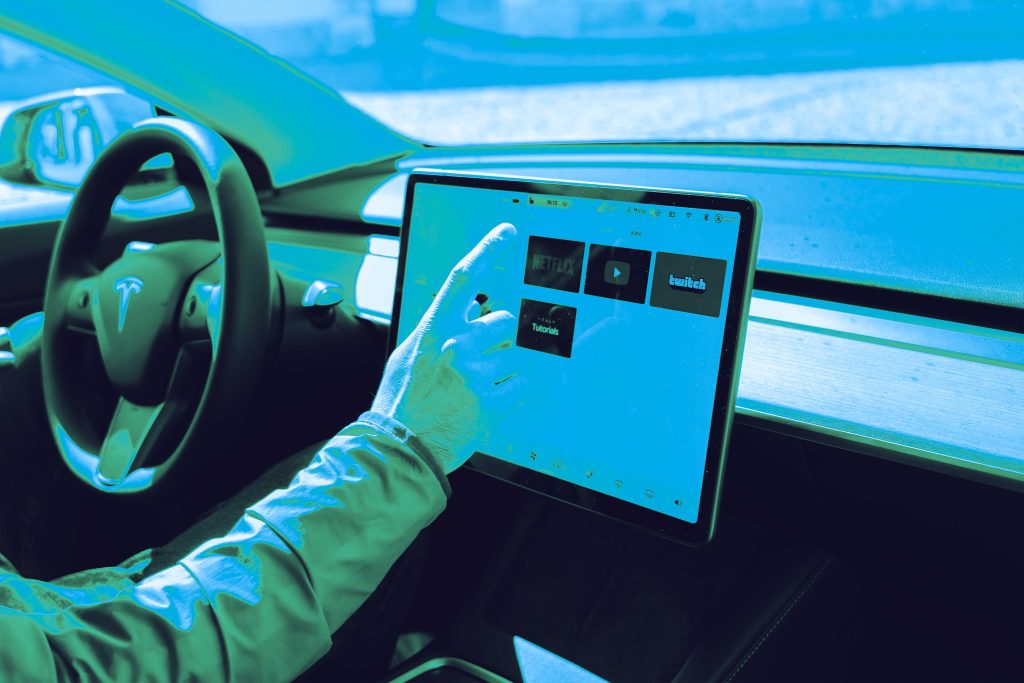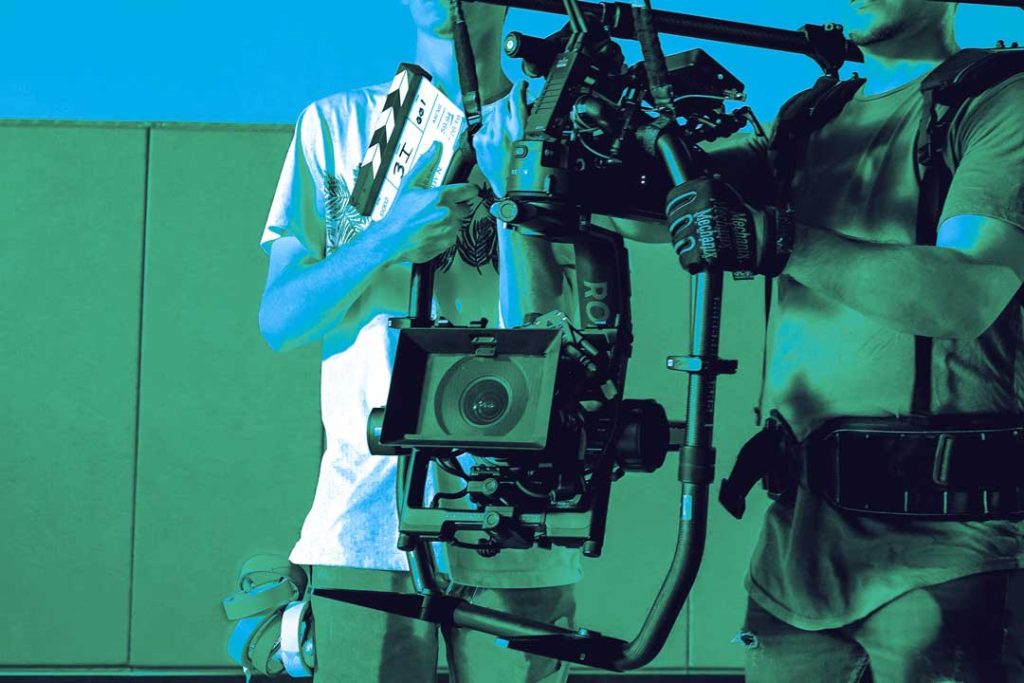Leadership is an essential part of any industry. On Episode 8 of The Content & Media Matters Podcast we spoke with Lionel Bringuier, the EVP of Product & Engineering at Videon. Beginning his career as a software engineer, Lionel has since worked across various technical and product leadership roles. He shared his insights on how to be a good leader and get the most from your teams.
What do you think it takes to become a successful leader of a team and more strategically?
I’m becoming a better manager every day. It’s not something that you can learn at school because you always have to adapt to the people you’re working with. When we’re talking about leadership, we tend to see more leaders as mentors. My job is not necessarily to lead the team, but to provide guidance for them. I’m there to eliminate all the blockers from anyone on my team so that they can be as efficient as possible. That means that they don’t get distracted or sidelined by things that don’t really matter, which allows them to be successful in their jobs. Leaders need to know the path forward and what problems are in the way, then make sure that the whole team is laser focused in that direction.
It’s really important to have a diverse team too. It makes you a better leader if you have diverse opinions and ways of thinking on your team, because it’s always good to be challenged by people who have different experiences, backgrounds and cultures. That opens up new possibilities that you wouldn’t necessarily see if you were just thinking by yourself.

How do you motivate people to go the extra mile in a sustainable way?
When you’re working on something that is completely new or unique on the market, it’s extremely motivating and rewarding for the team. You’re making history, you’re changing things, you’re solving problems with out of the box thinking that nobody has explored before. I am an engineer at heart and I’m very motivated by technology. Because I’m leading technical teams, I tend to think that people on my teams are also motivated by new technology and doing something innovative that nobody else is doing. There are civil aspects – you can obviously have cultural problems or salary problems on a team – but if you work on something that is unique, that will motivate people by itself. If I’m spending 8-10 hours a day working on something, I have to be passionate about it. I have to wake up every morning looking forward to the day.
What would be the one piece of advice you would give to someone entering the industry today?
I would echo what Steve Jobs said; “be foolish, be hungry.” Never take things for granted, always try to do new things and be innovative. Think big, think long-term. When I started to work on voice over IP and video over IP, people said there was no point trying to sell services on something as unreliable as internet networks. When I was creating the first OTT origin server I thought that pitched-up delivery would be the future, but people said there was no point trying to do high quality content on IP. People said they’d never pay for Netflix because it was a DVD rental company at the time. Never be short-sighted or focussed on the current limits you have. Think big and be hungry for trying new things, because that’s what pays off. It’s more rewarding if you really believe in what you do.
To hear more about Lionel’s work leading in the industry, tune into Episode 8 of The Content & Media Matters Podcast here.
We sit down regularly with some of the biggest names in our industry, we dedicate our podcast to the stories of leaders in the technologies industries that bring us closer together. Follow the link here to see some of our latest episodes and don’t forget to subscribe.

